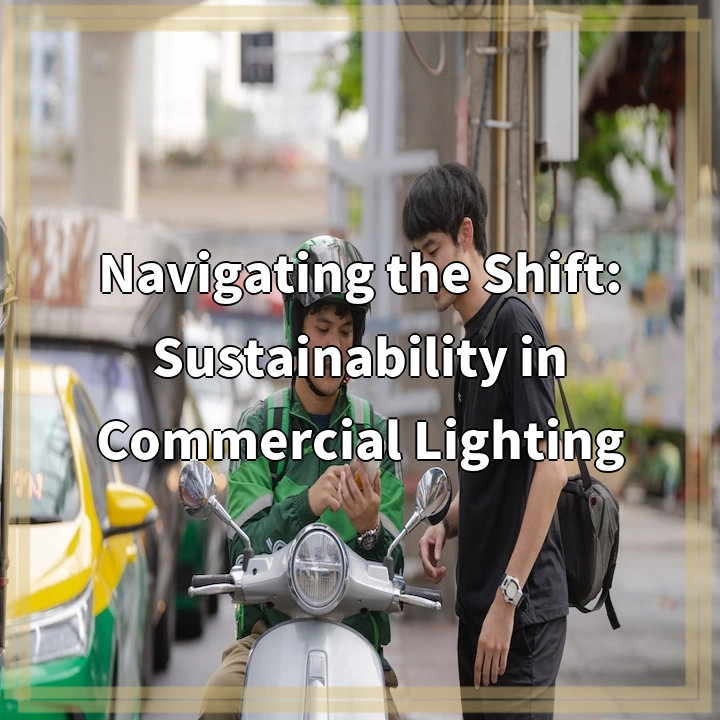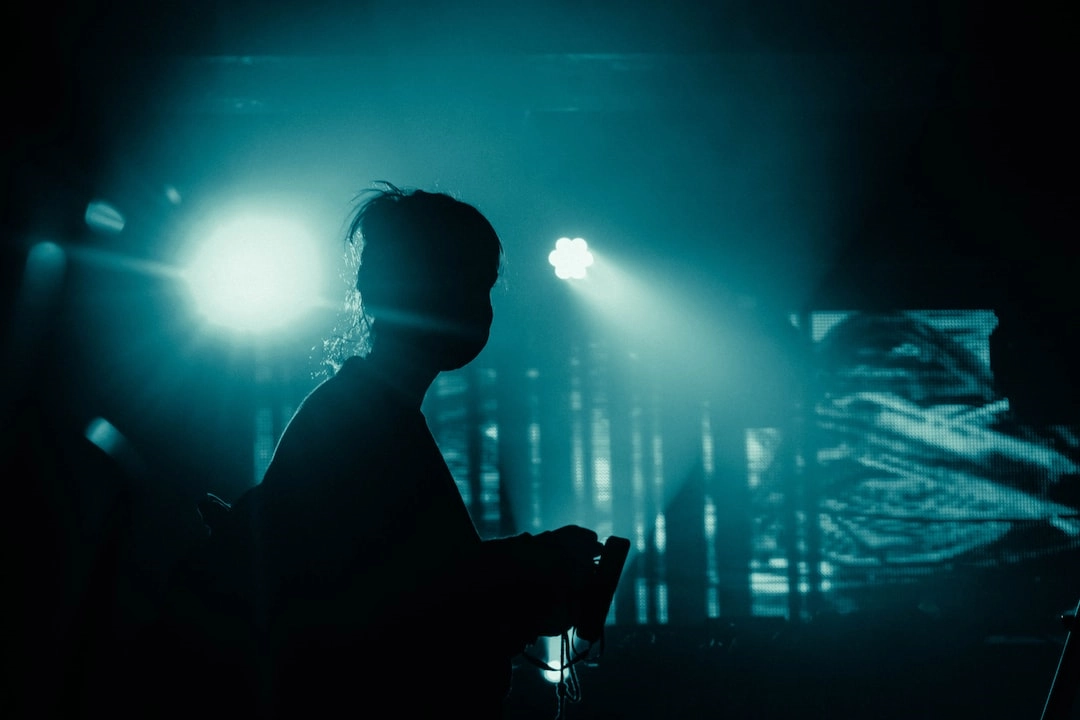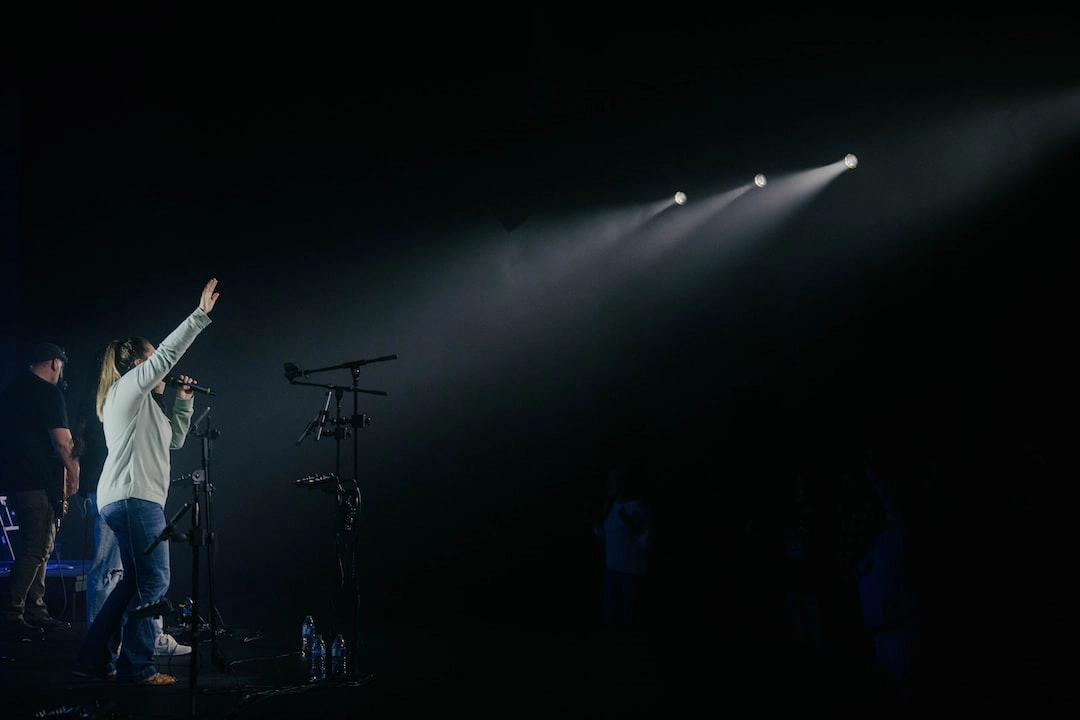
What it is:
Sustainable lighting in commercial settings is a growing trend that focuses on reducing energy consumption and minimizing environmental impacts while still meeting the lighting needs of businesses. It involves the use of energy-efficient lighting fixtures, smart lighting controls, and other innovative technologies to optimize energy usage and reduce carbon emissions.
Real-World Problems:
1. Energy Inefficiency: Traditional commercial lighting systems consume a significant amount of energy, contributing to high utility bills and greenhouse gas emissions. This not only puts a strain on the environment but also increases operational costs for businesses.
2. Light Pollution: Improperly designed or poorly controlled outdoor lighting in commercial areas can lead to light pollution. This not only disrupts natural ecosystems and wildlife but also has negative impacts on human health and well-being.
3. Limited Awareness: Many businesses are unaware of the benefits and potential cost savings associated with sustainable lighting solutions. They may be hesitant to invest in upgrades or may not know where to begin in implementing energy-efficient lighting systems.
4. Lack of Standards and Regulation: In some cases, there may be a lack of industry standards and regulations for sustainable lighting practices in commercial settings. This can lead to inconsistencies and difficulties in achieving widespread adoption of energy-efficient lighting solutions.
5. Retrofitting Challenges: Retrofitting existing commercial lighting systems with sustainable alternatives can present various challenges, including compatibility issues, upfront costs, and disruption to business operations during installation.
By addressing these real-world problems associated with sustainability in commercial lighting, businesses can not only reduce their environmental footprint but also unlock economic benefits through energy savings and improved operational efficiency.

Summary of Solutions:
Implementing sustainable solutions in commercial lighting can help address the real-world problems associated with energy inefficiency and environmental impacts. Here are some key solutions:
1. Energy-Efficient Lighting Fixtures:
Replacing traditional lighting fixtures with energy-efficient alternatives, such as LED lights, can significantly reduce energy consumption and extend the lifespan of lighting systems.
2. Smart Lighting Controls:
Utilizing intelligent lighting controls, such as occupancy sensors and daylight harvesting systems, can optimize energy usage by adjusting lighting levels based on occupancy and natural light availability.
3. Proper Outdoor Lighting Design:
Carefully planning and designing outdoor lighting in commercial areas can minimize light pollution by directing light where it is needed and avoiding unnecessary spillage into the night sky.
4. Education and Awareness:
Increasing awareness among businesses about the benefits of sustainable lighting and the potential cost savings can encourage wider adoption and investment in energy-efficient lighting solutions.
5. Industry Standards and Regulation:
Establishing clear industry standards and regulations for sustainable lighting practices in commercial settings can provide guidance and ensure consistency in the adoption of energy-efficient lighting solutions.
6. Incentives and Rebate Programs:
Governments and utility companies can offer incentives, rebates, and financial assistance to businesses that undertake sustainable lighting upgrades to offset the upfront costs and provide additional motivation.
7. Collaborations and Partnerships:
Building partnerships between lighting manufacturers, designers, and businesses can facilitate the development and implementation of innovative and sustainable lighting solutions.
By implementing these solutions, businesses can not only contribute to a greener environment but also benefit from significant energy savings and improved lighting performance in their commercial spaces.















